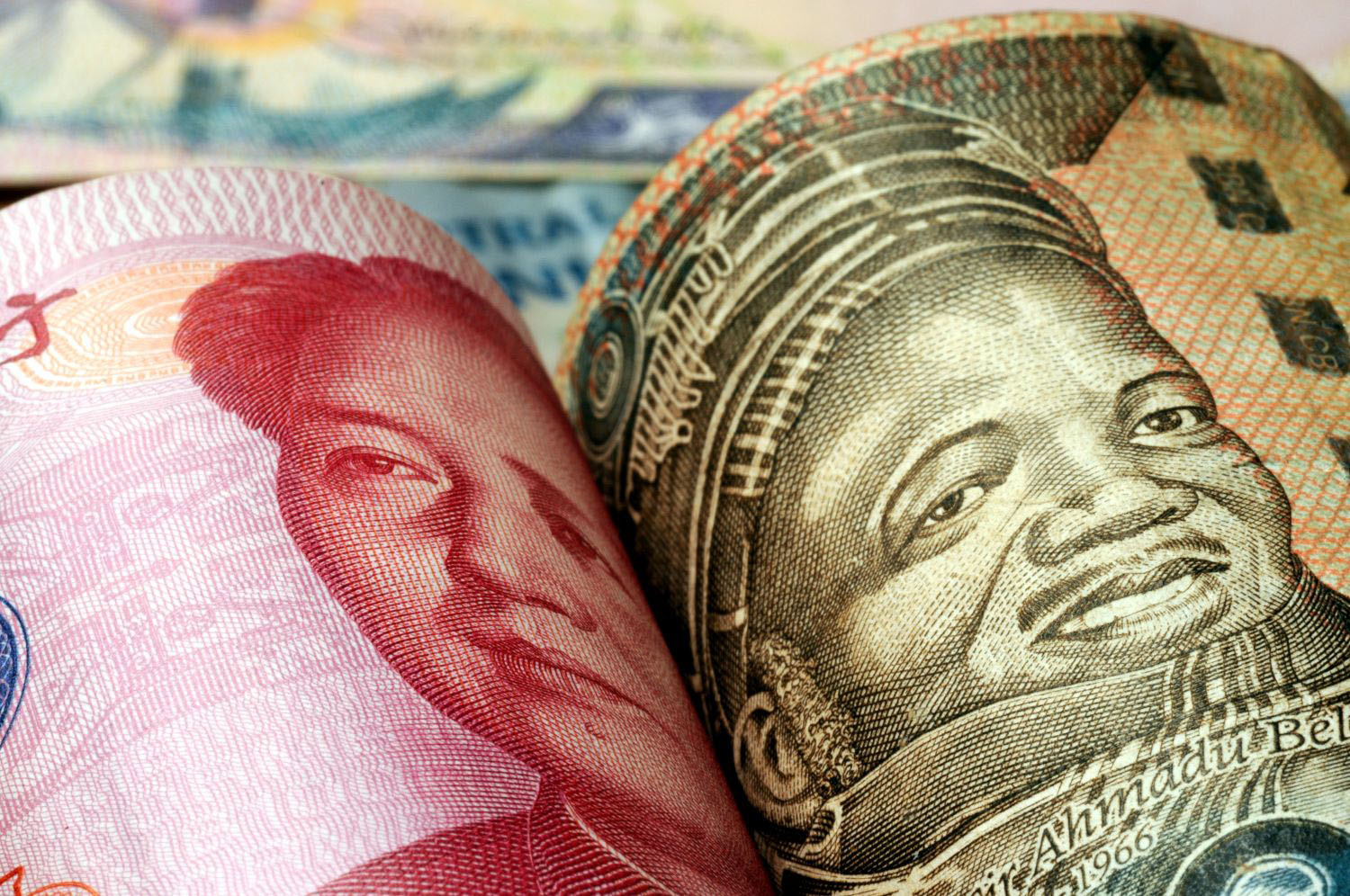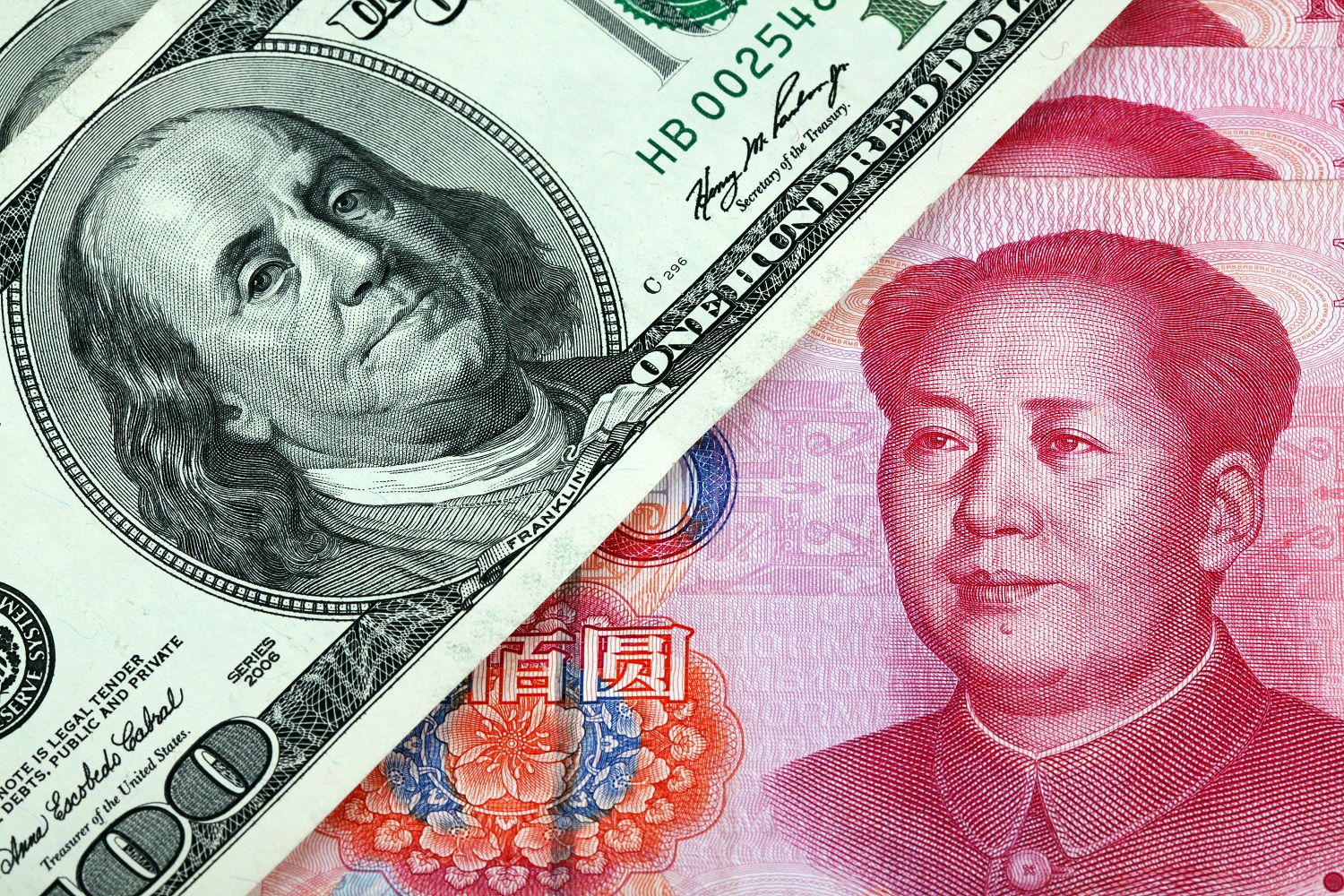What would it look like today if major multilateral finance institutions like the World Bank had never adopted the climate agenda as a binding constraint on their operations?
Unfortunately, we have a real-world approximation of that hypothetical in the form of Chinese development finance. At least, that’s a conclusion I draw from an important new report from World Resources Institute (WRI) and Boston University, Moving the Green Belt and Road Initiative: From Words to Actions.
The report’s authors have done a landmark analysis of Chinese-financed projects in 56 Belt and Road Initiative countries. Their analysis seeks to identify the degree to which these projects are aligned with the green commitments the countries themselves have made under the auspices of the Paris Agreement. And while the headline finding is that this alignment is pretty weak, there’s a lot more to learn from this deep dive into Chinese development finance.
Here are my takeaways from the report:
-
It may not be entirely fair to say the climate agenda has no effect on Chinese development finance. As the report indicates, there are in fact Chinese policy pronouncements related to “greening” the Belt and Road initiative. And the countries to which China is lending also, in principle, have policy guidance on green finance that should shape these investments.
-
Yet, the report’s analysis of the actual investment portfolios shows heavy concentrations in fossil fuels and in traditional forms of transportation infrastructure.
-
The report’s disaggregation of sources of Chinese financing reveals a striking divergence. Private sources of finance coming from China are far more active in renewables, and conversely, Chinese official finance (whether the big policy banks or state-owned enterprises) remains heavily concentrated in climate unfriendly sectors.
-
This finding ought to be particularly discouraging for policymakers, who so often view their role as leading and even directing a lagging private sector. In this case, the policy signals coming from the Chinese government appear to be pointing in the wrong direction, while market signals are increasingly directing investments to climate-friendly sectors.
-
That may ultimately be good news for the climate agenda, particularly at a time when the government of the world’s other leading economy, the United States, has adopted a hostile policy stance to the climate agenda.
-
US politics might offer some clues as to why the sources of financing closest to the Chinese government are also the worst offenders when it comes to climate change. It reveals the degree to which the Chinese government itself has competing, and at least for now overriding, policy objectives aimed at propping up declining industries by subsidizing their overseas activities. This is exactly the dynamic we see on display with the Trump administration, which is embracing fossil fuels and promoting fossil fuels in overseas markets, even as renewable sectors have revealed themselves to be the growth industries.
I very much agree with the report’s policy recommendations, particularly for Chinese policymakers. Lofty policy pronouncements are fine, but the real test of climate leadership is more granular. Project and portfolio-level policy guidance will be essential to reshaping the patterns of investment at China Development Bank, China Exim Bank, and the state-owned enterprises observed in this report.
A decade ago the World Bank undertook this type of granular approach to constraining climate unfriendly investments and promoting green investments. That approach is now bearing fruit. In practice, the “carrot” of promoting certain investments may prove easier to implement politically than the “stick” of constraining other investments. That has certainly been the case at the World Bank. But we know that climate progress can’t be all carrot and no stick. The World Bank itself has become an important partner and adviser to the Chinese government on the Belt and Road initiative. It should condition its ongoing partnership on clear markers of progress when it comes to greening the portfolio of Chinese development finance.
As for the United States, it will bear watching how the US International Development Finance Corporation (IDFC), the newly-created successor to OPIC, chooses to proceed on these matters. The policy direction from the current White House is clear enough when it comes to fossil fuels. But this need not be the end of the story. To a surprising degree, the new IDFC exists as a political response to China’s development finance efforts. If competition between the United States and China is going to drive a significant amount of global development finance in the years ahead, then it is incumbent on the rest of the world to steer that competition toward greener investments. A future in which both China and the US use subsidies to push dirtier options on developing countries is not just bad economics—it is bad for the climate and bad for development progress.
Disclaimer
CGD blog posts reflect the views of the authors, drawing on prior research and experience in their areas of expertise. CGD is a nonpartisan, independent organization and does not take institutional positions.





